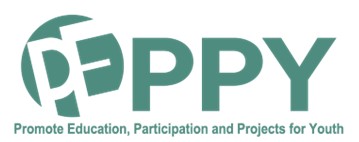
The PEPPY methodology, its innovative nature, and how it can be employed as a non-formal learning method for obtaining skills and competencies have proven its value. Responses in this pilot project were positive, and points for improvement were spotted. These points were mainly suggestions for alterations, improvements, and adaptations.
With the implementation of the PEPPY methodology, learners are placed in the spotlight and their unique skills and competencies are valorised. By implementing the self-reflection process, young people become able to see what they are good at and gain the necessary self-confidence that will enable them to move forward and master other necessary skills they are lacking. PEPPY faces young learners as entities full of potential who need the necessary tools and attention in order to move forward.
Another important potential that was ascertained through the experimentation phase of the PEPPY methodology, was that of informal, non-formal learning settings the methodology has proven to be a valuable tool for gaining significant entrepreneurial and digital skills.
The informal and non-formal learning settings enabled the attainment of skills that are difficult to attain in normal classroom settings, such as working in a group, sharing thoughts, ideas, and opinions with others, brainstorming, ideation, etc. What is more, informal-non-formal learning methods, give the ability to learners who do not respond well to typical learning settings to thrive and put themselves forward. Timid, shy people or migrants and NEETs can fully utilize the potential of the PEPPY methodology since for them it becomes easier to work within groups rather than within larger settings.
It was interesting to see how the participants placed themselves more in the center and partly took over the power of control of the project and of their learning. Becoming more entrepreneurial was more important than becoming an entrepreneur. Some cases were more ´simple´ than others. One group (young immigrants) developed a logo. Here the group work, the cooperation, interviewing other people, and the overall process were important, whereas in another project the product (e.g. new perfumes) was important for the organisation. It led to closer cooperation between the companies and the partners of the project and in obe case even to an agreement for continuation.
